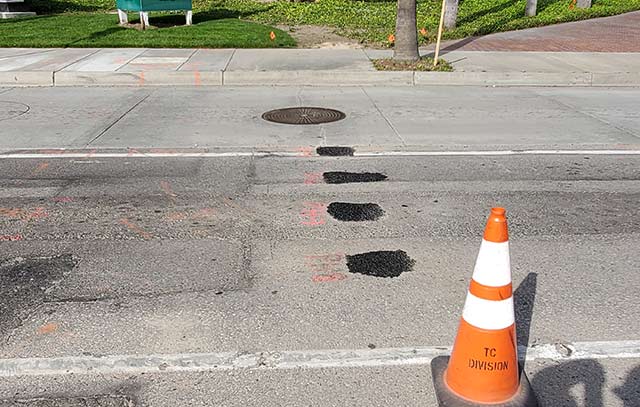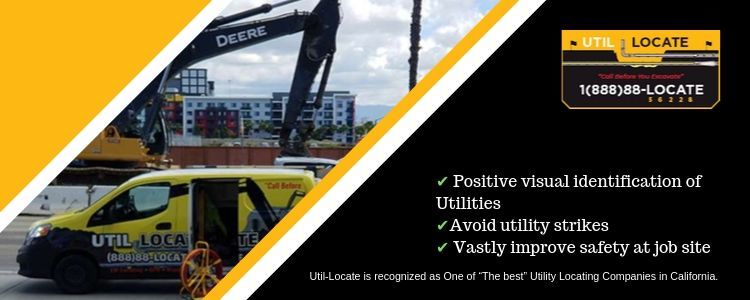Construction contractors can use potholing to safely control potential problems while searching for underground utility main lines, such as for natural gas or cable television, without causing a severe inconvenience in the local area. The loose soil from the test hole can be quickly and easily removed with vacuum excavation to then provide an open space for construction workers to use to inspect for underground utility main lines. With practical techniques for reducing the number of potential problems, a construction contractor can control the costs and can focus on the construction schedule.
Utility potholing locates utility lines by using forceful water pressure to push through the earth, creating a small home in the process. When the hole is deep enough, your construction crew will be able to visually confirm the location of any underground utility lines. This will allow your other construction work to resume without risk of interfering with any existing lines.
Potential Problems for Construction Contractors
The location of some underground utility main lines may not be documented because those lines for fiber optics or wastewater may not have been used by the current owner of a building that had been demolished for a new project such as for new art and entertainment center. The contractor can use potholing in construction projects to prevent problems and to protect the workers who could be injured by an underground hazard.
Evaluation of Potential Costs
The process for being offered a construction project usually includes bids from several contractors who must submit a construction plan and a budget for the project. Some of those contractors could encounter budget problems, such as for additional labor, equipment and supplies expenses while being forced to replace an underground utility line that had been accidentally damaged while trying to build an underground garage for a new apartment building. Managers can use potholing in construction projects to protect investments and to become more prepared for accurately planning a new project.
With the risk of utility line damage and service interruptions, comes expensive and time-consuming delays that might have to be approved by a local planning permission authority. Time is an expensive commodity on any construction site, which makes these delays and extra expenses something you don’t want to risk. Bypass these dangers by hiring an experienced potholing team. Not only will this keep your construction project running on time, but you will also be keeping the crew and nearby residents protected from utility outages.
Easy Access to Construction Sites in Isolated Locations
Some heavy construction equipment could be unsafe in an isolated area where a hidden water well or a concealed sinkhole had not been filled with soil to control the problem. With vacuum excavation, a contractor can use equipment that will cause fewer safety problems and that can be used to easily remove soil without blocking a path with a pile of soil while digging to search for underground utility lines.
Protection for Workers and the Environment
The aesthetic advantage of underground utility lines is a problem for contractors who want to quickly locate those underground utility lines. The techniques for utility potholing can be used to minimize the degree of damage to the topsoil at a construction site. With more detailed information about underground utility lines, a contractor can move forward with a project while also protecting the environment and not endangering a worker.
Plans for Controlling a Potential Problem
Vacuum excavation will prevent damage to utility lines, flooding, and service outages. Additionally, construction crews cannot dig in ‘safe zones’, which is the land that runs parallel alongside the utility lines.
In conjunction with utility potholing, you can first find the approximate location of unground utility lines and other facilities by using digital equipment and ground-penetrating RADAR. However, nothing can replace the certainty that comes with vacuum excavation and visual confirmation of the utility lines.
The various factors for improving the quality of a construction project can be controlled with different methods such as with more safety equipment and with innovative techniques. A contractor can use utility potholing to reduce the worker turnover rate with safer working conditions and to ensure that the project will be a success. Project managers can conveniently contact Util-Locate for professional advice about the potholing services for a construction site.


